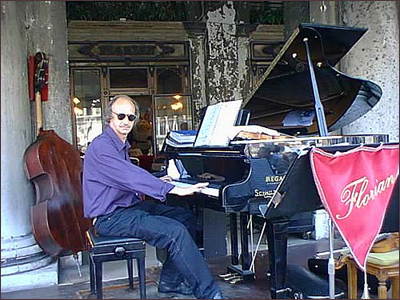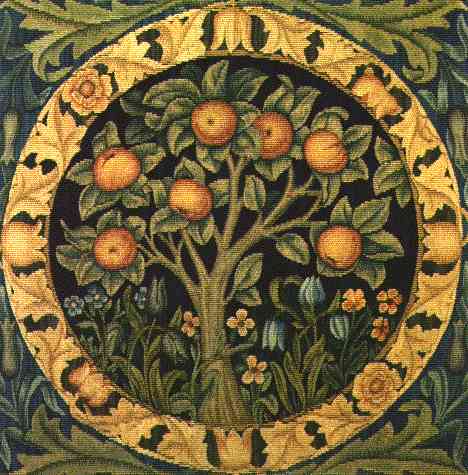| Hugo Heyrman, known by his artist name Dr. Hugo Heyrman, is a leading Belgian painter, filmmaker, internetpioneer, synesthesia- and new media researcher. Born in Antwerpen, where he lives and works. From his earliest work, Dr. Hugo Heyrman developed a transformative vision, questioning the nature of perception, memory and images — “Most of my work has to do with contemporary fragility. The works are ‘ways of seeing’, forms of visual thinking, they make the virtual and mental space of an image real”. His art practice includes painting, drawing, sculpture, photography, video, film and digital media. In his online art project (((motions of the mind))) he continues his research, theory and experiments on the telematic future of art, the senses and synesthesia.
Originally, Dr. Hugo Heyrman opted for a musical education, but transferred to the visual arts. He graduated from the Royal Academy and became a laureate of the National Higher Institute for Fine Arts (HISK) in Antwerp. Heyrman was later a professor at both institutions. In addition, he studied nuclear physics during one year at the State Higher Institute for Nuclear Energy in Mol. He received a doctoral degree, Ph.D. in art sciences, magna cum laude, from the Universidad de La Laguna, Spain, with a thesis on ‘Art & Computers: an exploratory investigation on the digital transformation of art’. In 1995 he coined the terms ‘Tele-synaesthesia’ and ‘Post-ego’. Since 1993 he is a working member of the ‘Royal Flemish Academy of Belgium for Science and the Arts’, Brussels. Founder of the ‘Art & Synesthesia’ online portal (1995).
During the sixties, Dr. Hugo Heyrman profiled himself as an avant-garde artist with Happenings, Pop art and film experiments. He published together with Panamarenko the magazine ‘Happening News & Milky Ways’ (6 issues). Founder of Artworker Foundation. He publishes the ‘Artworker Star’ (3 issues). In 1970-73 he made a ‘Continental Video & Film Tour’ with his ‘Mobile Museum of Modern Media’ through Belgium, Germany, France and the Netherlands.
With this rebellious attitude, he focuses his attention (from 1974) back to his first love, painting. For his ‘Street-Life’ paintings, he was elected laureate of the ‘Prix Jeune Peinture Belge’ (1974) at the Palais des Beaux-arts, Brussels. In monumental series on ‘Water’, ‘Light’, ‘Time’, ‘A Vision is Finer than a View’ and ‘New Models of Reality’, Heyrman paints an existential tension between between imagination, reality and images; an appeal to several senses at once — “I bring the visual and the conceptual, synesthetically closer together”. For Dr. Hugo Heyrman ideas are tools; his personal approach to colour, form, and atmosphere contributes to the possibilities of painting, and the adventure of the visual arts.
His works have been presented in major international exhibitions ranging from Antwerp, Brussels, Basel, Amsterdam, Paris, Rome, Barcelona and Chicago to the Biennale of Venice.
External links
Artist page Galerie De Zwarte Panter, Antwerpen
BAM databank Instituut voor beeldende, audiovisuele en mediakunst, Gent
M HKA ensembles-collection Museum van Hedendaagse Kunst, Antwerpen
Hedendaagse kunst in het Vlaams Parlement Brussel |






